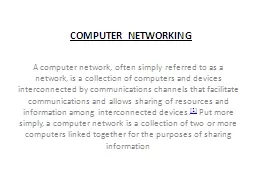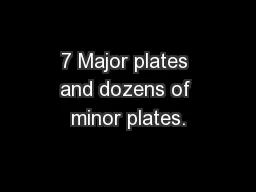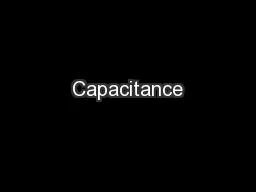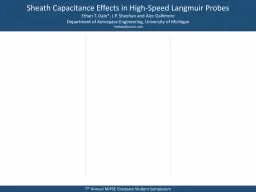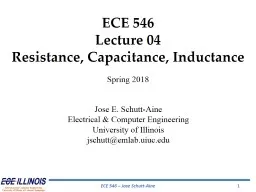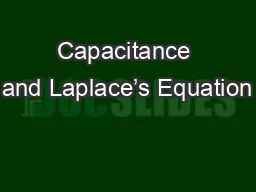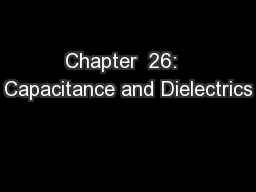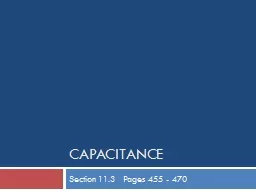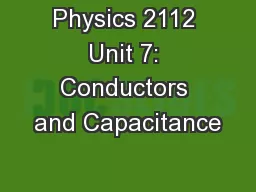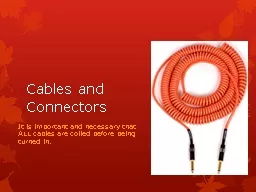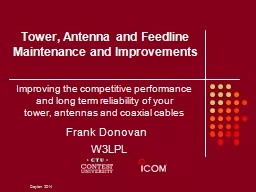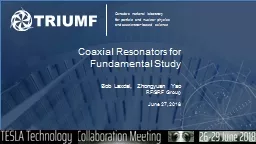PPT-summary Capacitance Parallel plates, coaxial cables, Earth
Author : kittie-lecroy | Published Date : 2019-06-25
Series and parallel combinations Energy in a capacitor Dielectrics Dielectric strength 25 12 Series combinations reduce the capacitance Equal C reduce by the number
Presentation Embed Code
Download Presentation
Download Presentation The PPT/PDF document "summary Capacitance Parallel plates, coa..." is the property of its rightful owner. Permission is granted to download and print the materials on this website for personal, non-commercial use only, and to display it on your personal computer provided you do not modify the materials and that you retain all copyright notices contained in the materials. By downloading content from our website, you accept the terms of this agreement.
summary Capacitance Parallel plates, coaxial cables, Earth: Transcript
Download Rules Of Document
"summary Capacitance Parallel plates, coaxial cables, Earth"The content belongs to its owner. You may download and print it for personal use, without modification, and keep all copyright notices. By downloading, you agree to these terms.
Related Documents


